HAS YOUR BROWNSTONE BEEN BURGLED? (1881)
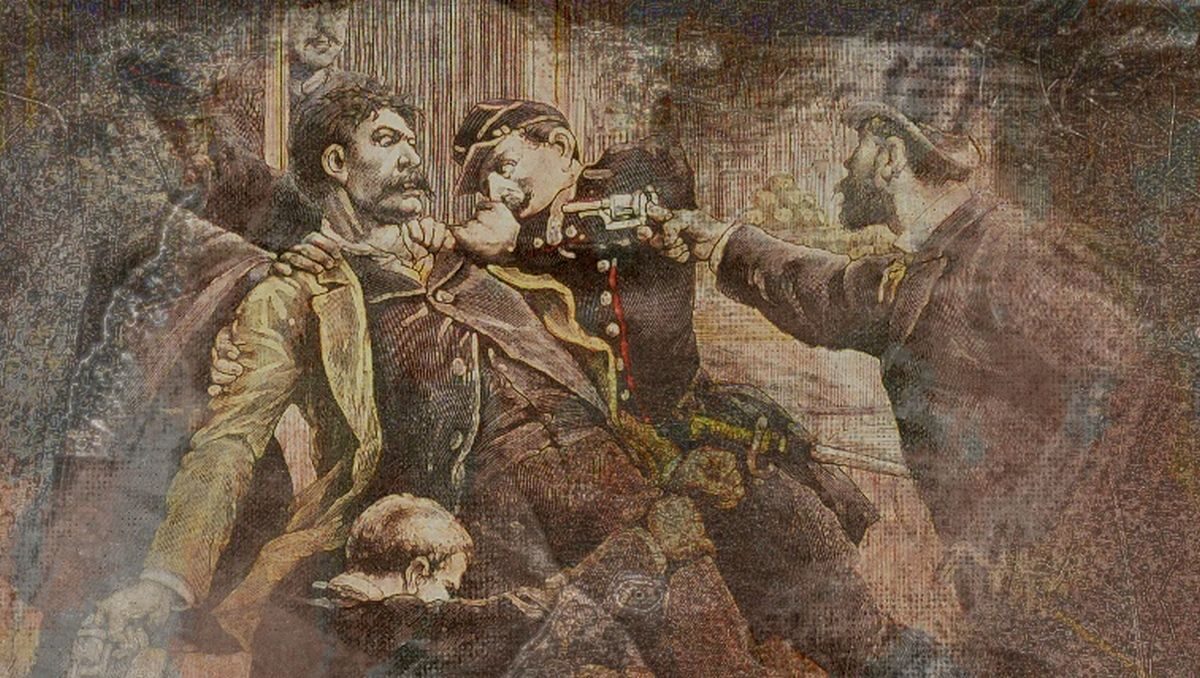
Brownstone Detectives investigates the history of our clients’ homes.
The story you are about to read was composed from research conducted in the course of one of those investigations.
Do you know the history of YOUR house?
********************************************************************************************************************************
New York City brownstones are veritable repositories of History.
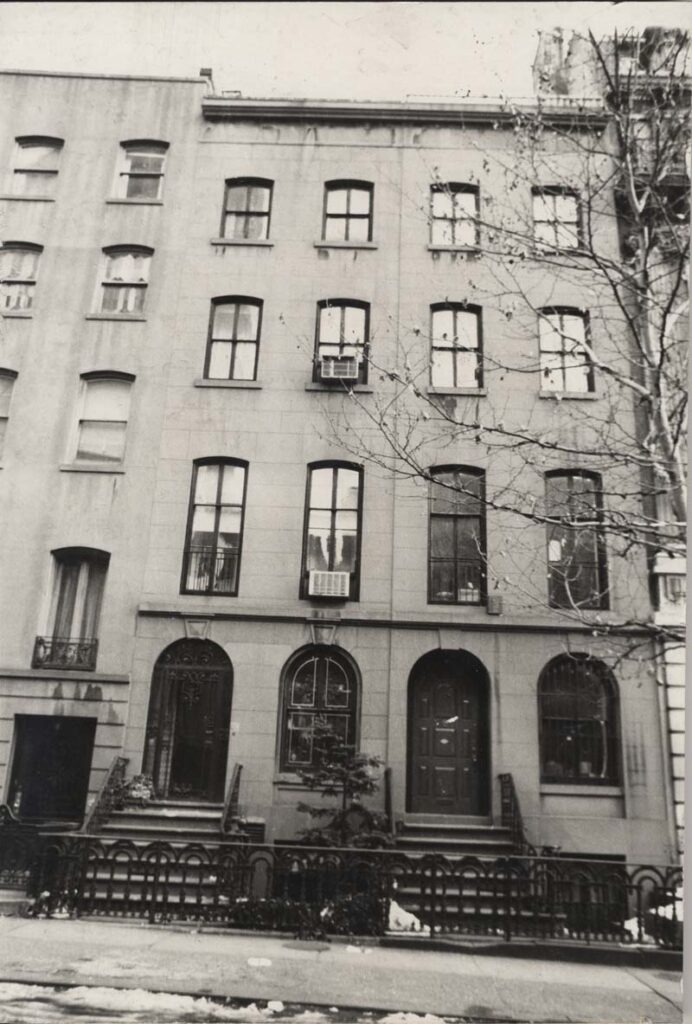
For many owners of these august “brownstone-fronts,” their homes are undoubtedly amongst the quintessential vessels within which their collective past has accrued – and has infrequently been recorded (if recalled).
Ironically, it is the relatively transient nature of our brownstones’ owners (the median period of ownership of a brownstone is 15 years) that causes this history to become scattered to the ages – as one family moves out and a new family takes title to the home. Thus, with each changing of the guards, a fresh new forward-looking history begins.
The “disappearance” of this history, however, serves to shackle any lineage of owners that exists, causing a sort of historical amnesia that allows your home to compare meanly with similar others in your neighborhood (esp. when placing a value on your home – or putting it up for sale).
SAVING YOUR BROWNSTONE’S CRIMINAL HISTORY?
Most burglaries throughout New York City history, we can be certain, have gone unreported.
While most of those that do reach the attention of the police, never make it in into the papers, there are a goodly percentage of burglaries, however, that were not only reported to the police but received vivid and colorful coverage – unwanted as it may have been at the time – in the local press.
Looking down the ages, though, safely from our modern perch, there is one type of crime that has occurred inside a select few of our brownstones that is the equivalent of the proverbial cherry atop the cake – these are those crimes that precipitated an in-person visit from the City’s top law enforcement officer.
THE CASE OF THE SECOND-STORY THIEVES AT No. 121 EAST 35th STREET
One such burglary took place on the night of Thursday, 7 April 1881 in the Murray Hill district of Manhattan.
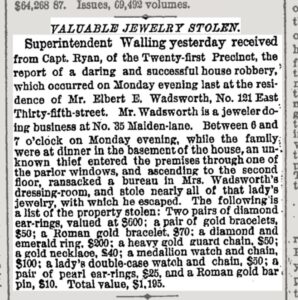
The place was No. 121 East Thirty-Fifth Street, a 14-foot-wide Italianate-style English Basement brownstone, the home of jeweler Elbert E. Wadsworth and his brother-in-law Clarence E. Breckinridge. There, a “gang of house-thieves” was “surprised in the act of robbing the private dwelling.”
No. 121 might have appeared an unlucky place to its owners, for, in the space of the previous 45 days, it had already been robbed.
On that night, 28 February, jewelry “valued at $1,195 was carried off,” noted the New York Times. “The thieves had climbed up the portico over the front stoop and entered the house through second-story window while the family were at dinner.”
The thieves stole the jewelry and made their escape without detection. About one-half of the stolen jewelry was restored to the owners, but the thieves were not arrested.
The jewelry-thieves would not be so lucky upon their return to the scene of the crime.
INSPECTOR BYRNES TAKES THE LEAD
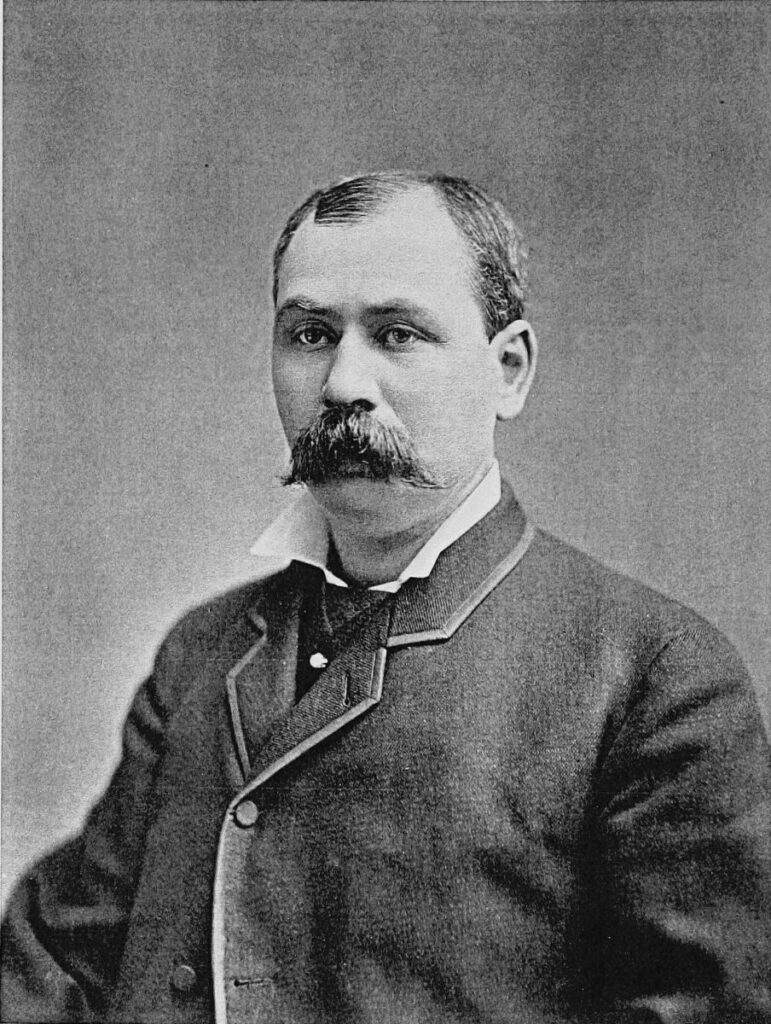
It was no ordinary burglary as compared to the first, however. Although this particular was not due to anything the thieves did differently from their first visit. It was not the size of their “haul” or the more rapid way in which they worked their target.
Rather, it was an aspect of the hierarchy of the Police Department that was visited upon the brownstone that lent a higher profile to the case.
For the expected crime brought to the house, none other than, the head of the New York City Police Department detective bureau, Inspector Thomas F. Byrnes, whose techniques were popularized in a series of novels by his friend Julian Hawthorne, son of novelist Nathaniel Hawthorne (and the inventor of the “Rogue’s Gallery” and the term “the third degree”).
The house had been entered in the same way as it had in the month before, while, this time, the occupants were at the Standard Theatre witnessing the performance of “Billee Taylor” (whose alternate title is ironically, The Reward of Virtue). The house had been left in charge of the servant girl, who invited several female friends to spend the evening with her. While they were in the basement of the dwelling the thieves effected an entrance to the house.

Based upon the expectation with which Byrnes and his Detectives had prowled about the house, it was believed that the robbery had been perpetrated by the same gang of thieves who had committed the previous one. Known as “second-story” thieves from their peculiar mode of entering houses, they had been tailed for three weeks by one of Byrnes’ officers.
As such, a squad of detectives, along with Inspector Byrnes, ended up, at the end of the night, arresting two of the thieves at the “handsome brownstone residence, between Lexington and Park avenues,” which was “within a block of the Twenty-first Precinct Station-house.”
But it was not before some meticulous planning, a few rumors, and some luck had already preceded the night.
BYRNES & HIS DETECTIVES WATCH THE HOUSE
Taking with him Detectives Slevin, Dolan, Adams, Lanthier, and Cogrove, of his command, Inspector Byrnes proceeded to No. 121 East 35th Street, arriving there about 9 o’clock,” noted the Times. “He placed his men in concealment within the shadow of the house on the opposite side of the street.”
It was noticed at this time that “two of the gang were found planted outside of the house on the ‘lookout’ and waiting to be admitted by their confederate, who was already inside, having already gained an entrance.”
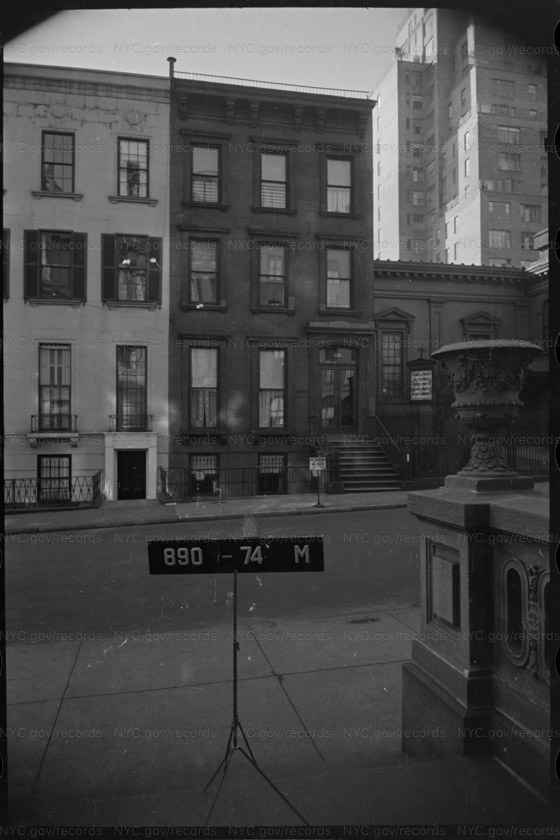
Having determined that these were two of their men, an attempt was made to capture the two men outside.
“Detective Slevin seized one of them, who at once whipped out a large revolver and attempted to shoot the detective. The latter seized the thief’s right hand and bent it behind his back. A fierce struggle ensued, and Slevin being aided by the Inspector and Detective Adams, overpowered the thief and hurried him away rapidly to Lexington avenue, so that he might not give an alarm to the thief inside the house. He was handcuffed and sent down in charge of Detective Slevin.
“Detective Dolan was not successful in capturing the other man. When he attempted to seize him the fellow kicked him vigorously on the shins, knocking his feet from under him and throwing him face forward on the pavement. He then took to his heels and escaped. He is, however, known to the officers.”
After the melee, “Inspector Byrnes and Detectives Dolan, Adams, and Lanthier returned to the house to await the appearance of the thief who was inside. After waiting a short time, the Inspector walked up to the font stoop and rang the bell, the signal agreed upon between the thieves for the ‘lookout’ to warn the man who was in the house.
“In a moment was seen a movement on the second floor of the house, and a young man appeared at the second story window, immediately over the front stoop,” continued the Times. “He stepped boldly out of the window and passed down the stone pillars in front of the main door, dropping into the arms of Detectives Dolan and Adams, who were waiting to receive him.
“He was quickly disarmed of a large revolver, and on being searched, several articles of jewelry, which he had stolen from the house, were found in his pockets. He was at first inclined to make a desperate resistance, but finding he was covered by the detectives’ revolvers, he surrendered.”
THE SERVANT GIRL SCREAMS
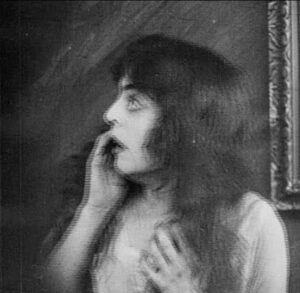
“While the scuffle was going on between the thieves and the detectives the servant girl came to the door, and, frightened out of her wits at what she saw, began to scream ‘Murder!’ ‘Police!’ ‘Fire!’
“Inspector Byrnes endeavored to pacify her and to induce her to admit him to the house so that he might see what had been stolen. A crowd of 200 or 300 persons gathered in front of the house, and the Inspector was compelled to send to the Twenty-first Precinct Station-house for aid.
It was only upon the arrival of a Captain Ryan, along with several other policemen, who answered Byrnes’ summons, that the servant girl, “reassured by the sight of the uniforms, permitted the officers to enter.
“It was then discovered that the second floor of the house had been thoroughly ransacked, and a large quantity of wearing apparel had been packed up ready for removal. The two thieves arrested were locked up at the Central Office, and the Police are in active pursuit of their confederate.”
POSTSCRIPT
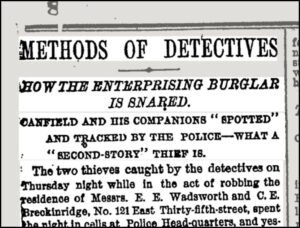
John Rogers, alias “Riley,” aged 29 years; Francis Jones, alias “The Kid,” aged 22 years, “both daring and expert house-thieves,” although “Jones is said to be the smartest ‘second story’ thief in the country,” and Francis Canfield, livery-stable keeper and express agent, “employed by families living in the neighborhood,” of No. 224 Lexington avenue were those arrested.
Canfield’s office, it was determined by police, “is said to have been for months past a rendezvous for the gang of thieves who, during the past Winter, have robbed so many private residences and ‘flat’ houses in the upper portion of the City.
“Information gleaned by Canfield in his business,” noted the Times, “was of great usefulness to the thieves.”
The prisoners, after an examination pro forma, noted the New York Evening Express, “were committed for trial, each in default of $5,000 bail.”
It is thus, from several newspaper account of a crime taking place at a single New York City brownstone, that some 140 years later, we have “discovered” a single, but powerful, clue to the history of No. 121 East 35th Street, Murray Hill.
———————————————————————————————————————–
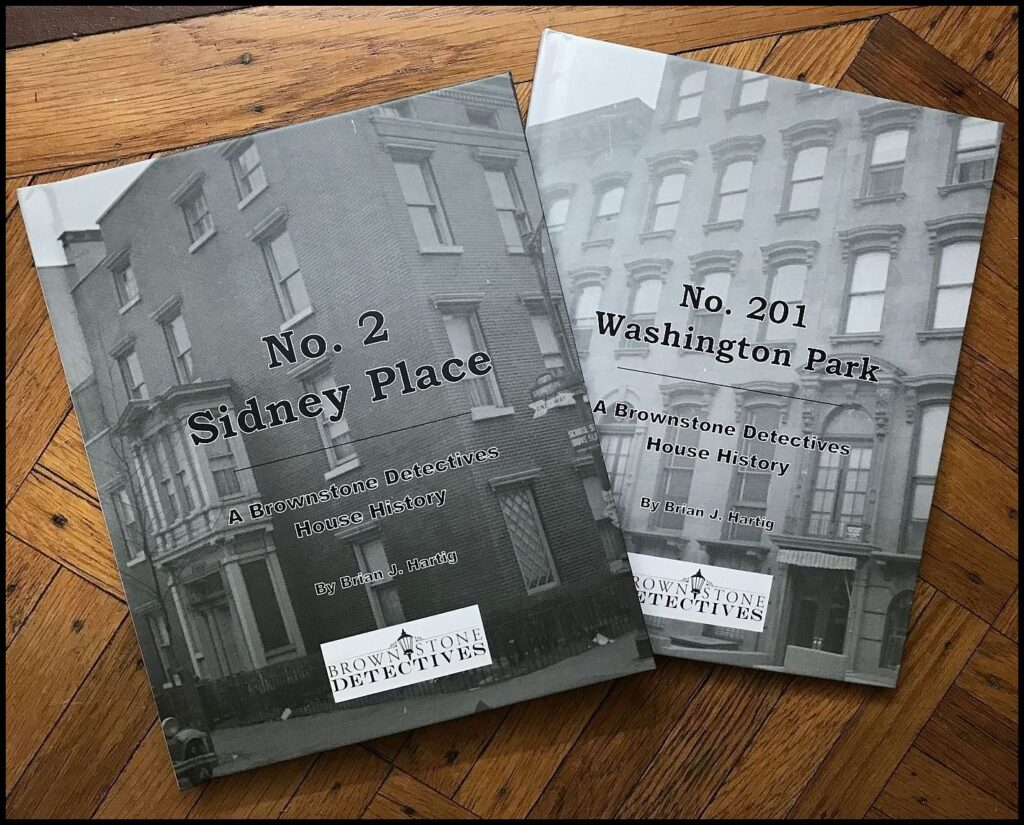 Brownstone Detectives is an historic property research agency. Our mission is to document and save the histories of our clients’ homes. From our research, we produce our celebrated House History Books and House History Reports. Contact us today to begin discovering the history of your home.
Brownstone Detectives is an historic property research agency. Our mission is to document and save the histories of our clients’ homes. From our research, we produce our celebrated House History Books and House History Reports. Contact us today to begin discovering the history of your home.